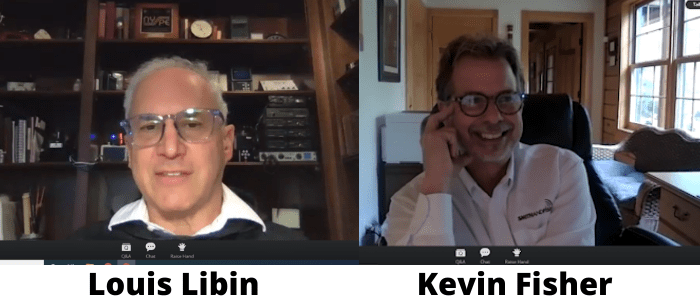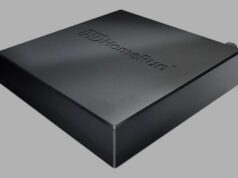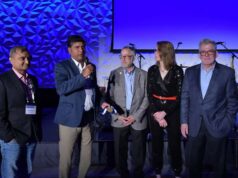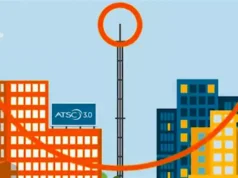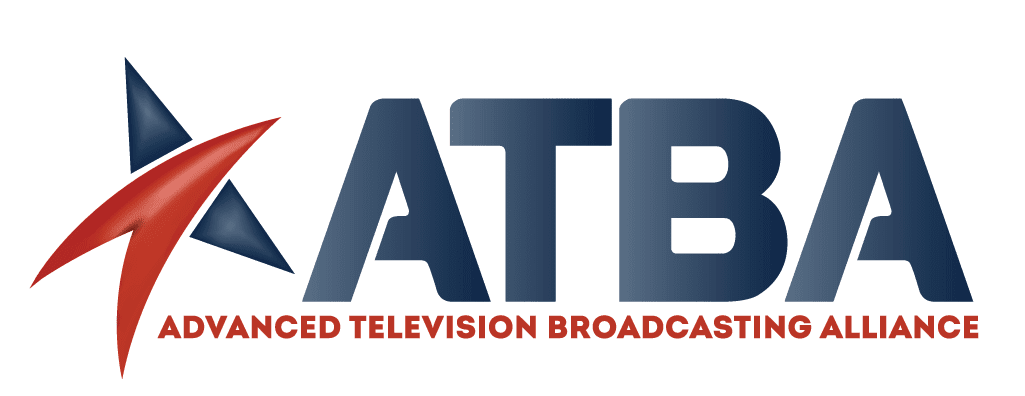Kevin Fisher, an Engineer Consultant for Smith and Fisher, LLC and Louis Libin, Vice President of Spectrum Scenarios and Policy at Sinclair Broadcasting Group, joined ATBA’s Webinar to discuss Single Frequency Network (SFN) and Distributed Transmission System (DTS) applications and the new rules regarding DTS on Wednesday, April 29, 2020.
What is SFN and DTS?
Single Frequency Network (SFN) are transmitting stations that use the same frequency to send the same signal, while Distributed Transmission Systems (DTS) are a type of SFN in which one broadcast signal is sent to multiple low-power transmitters all over the state.
Fisher discussed the rules that surrounded DTS transmitters under the ability of ATSC 1.0. These rules include, that coverage from all DTS transmitters have to be within the applicant’s authorized service area, all DTS transmitter’s coverage has to be continuous with another transmitter in the group, one DTS facility in the group must have city-grade coverage within the city of license, and the combined signal strength of all DTS facilities must meet the interference rules, and each site has to be located within the coverage area of that main facility.
“Now that ATSC 3.0 is coming along, built into the new transmission standard is this ability for transmitting signals from multiple locations and having receivers that can process having all these different signals from the same programming source coming in at a different time and not causing interference. At least not the extent of ATSC 1.0,” said Fisher.
“DTS and SFN are similar, but we need to realize that, politically, they are very, very different,” said Libin. “SFN is really considered a severe form of multipath propagation, having said that, ATSC 3.0, which is an OFDM science, loves multipath propagation. I think broadcasters will really jump to it because SFNs solve problems for broadcasters.”
Why should LPTV stations jump on SFNs?
“I think, from a co-channel standpoint, there might be a potential to partner with that co-channel full-power station because it provides to them a means for extending their service out beyond what would normally be allowed from the DTS rules,” said Fisher.
For LPTV stations to improve their coverage it seems that adding a SFN/DTS, especially with the upcoming coverage abilities of ATSC 3.0, would help significantly.
Libin said, “[f]or low-power stations, because the signals of the full-power stations will be stronger on the edge areas, the neighboring LPTV stations and translators can also operate at higher power levels without causing the impermissible interference to the full-power stations. Therefore, they improve their own coverage and get more reliable service in that area.”
“Having that new standard, everyone generally believes that DTS facilities will become more into play,” said Fisher. “The idea that ATSC 3.0 is going to be used on mobile devices and gateway devices inside people’s homes, means that there’s a need for a greater signal strength and probability of signal strength within the coverage area.”
The ATBA webinars are on Wednesdays at 3pm CT. To access this meeting, join the ATBA email list or check the Advanced Television Broadcasting Alliance site for updates.


